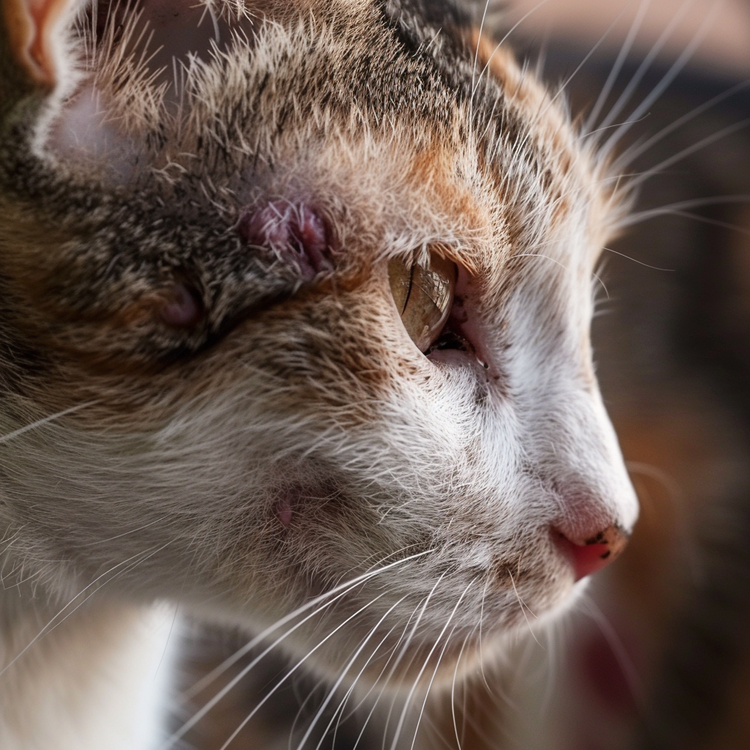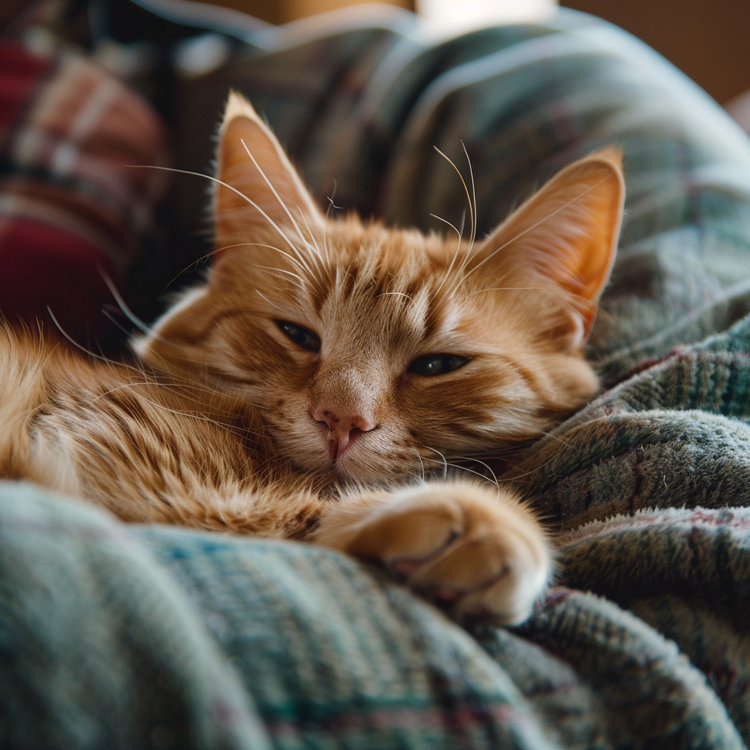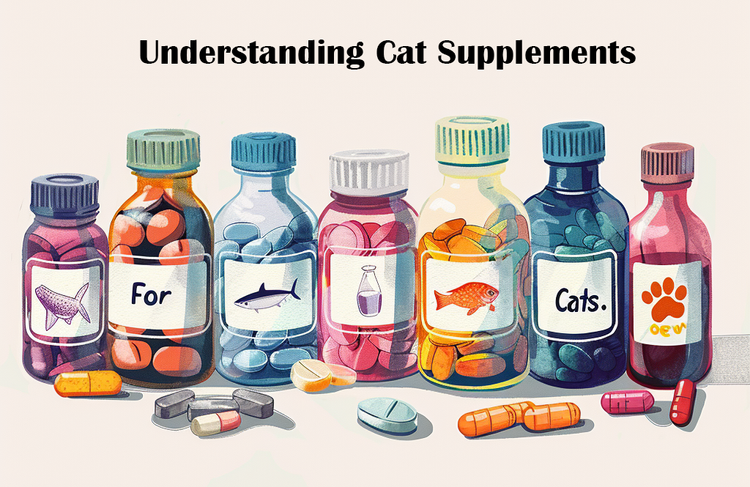Understanding Cat Food Fillers: What You Need to Know
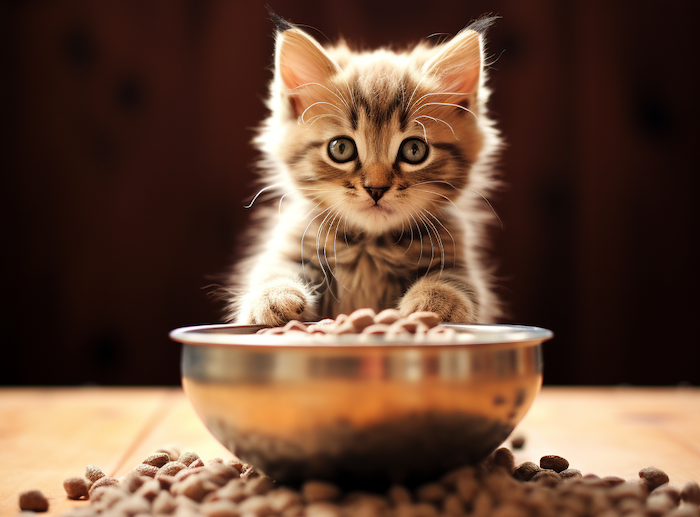
Welcome to the essential guide for every conscientious cat owner! Today, we're delving deep into the world of cat food ingredients, focusing on a critical aspect that often goes unnoticed: fillers. Understanding what goes into your feline friend's diet is more than just a responsible act; it's a step towards ensuring their health and happiness. Fillers in cat food, commonly found as grains, corn, and soy, might seem harmless at first glance, but they hold a significant impact on your cat's overall well-being. This blog aims to enlighten cat owners about these common fillers - why they're used, their potential effects on cat health, and how to identify them on labels. By equipping yourself with this knowledge, you can make informed decisions about your cat's diet, ensuring they receive the nutrition they truly need. Let's embark on this journey of discovery together, for the sake of our beloved feline companions!
What are Cat Food Fillers?
In the realm of cat nutrition, 'fillers' are ingredients that are added to cat food to bulk it up, making it more cost-effective for manufacturers while also aiding in the food's texture and shelf life. However, these fillers often provide little to no nutritional value to your cat. Understanding these components is crucial for cat owners who are keen to provide the best for their feline friends.
Common fillers found in many commercial cat foods include grains like wheat and rice, corn, and soy. These are often used because they are less expensive than meat-based proteins, which are more suitable for a cat's carnivorous diet. While some grains can offer a source of carbohydrates, cats, being obligate carnivores, have a limited ability to digest such plant-based ingredients. This mismatch can sometimes lead to digestive issues and may contribute to food allergies or sensitivities.
Corn, another prevalent filler, is used for its carbohydrate content and its role in holding the kibble together. However, it provides minimal nutritional benefit to cats and can sometimes lead to weight gain and other health issues if it constitutes a significant part of their diet. Similarly, soy, often included as a protein source, can be problematic for cats with certain sensitivities or allergies.
Understanding these fillers is essential in choosing the right food for your cat, ensuring that they receive a diet that's not just filling, but nutritionally beneficial and appropriate for their carnivorous nature.
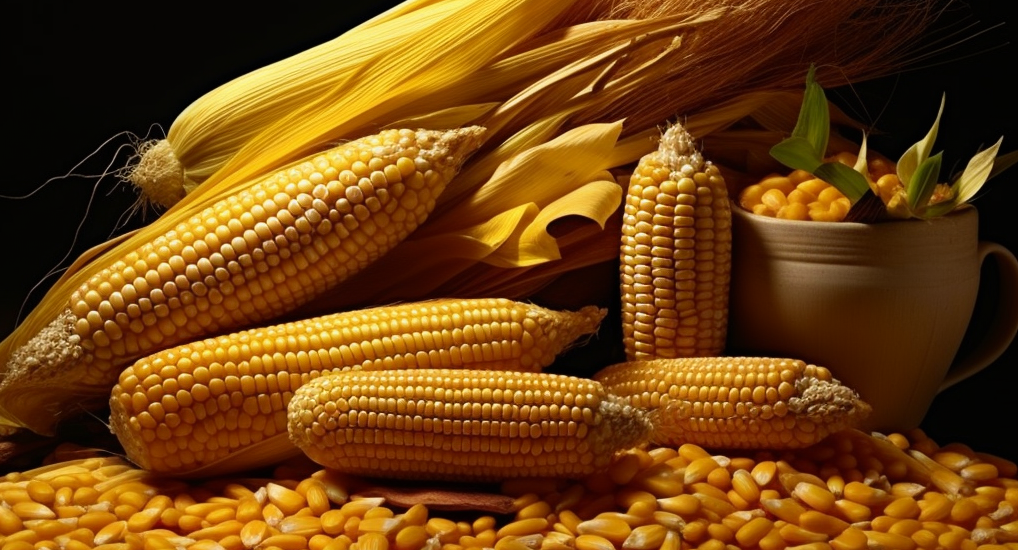
Why are Fillers Used in Cat Food?
The inclusion of fillers in cat food is a practice driven primarily by cost-effectiveness. These fillers, often cheaper than high-quality meat proteins, allow manufacturers to produce cat food in bulk at a lower cost. This cost-saving is a key factor, especially in economy brands, making pet food more affordable for a wider range of consumers.
Beyond economics, fillers play a role in the physical properties of cat food. They contribute to the texture and shape of kibble, making it more appealing and palatable to cats. Additionally, fillers like grains and corn can enhance the food's shelf life, ensuring it remains fresh and edible over extended periods.
However, the nutritional implications of these fillers can be less than ideal for cats. While they help in maintaining the structure of the food and reducing costs, fillers generally offer limited nutritional value. Cats, being obligate carnivores, require a diet rich in animal proteins, and fillers do not align well with this dietary need. Excessive intake of fillers can lead to nutritional imbalances and may contribute to health issues such as obesity and digestive problems. It's crucial for cat owners to understand these implications and seek a balance between affordability and nutritional adequacy in their cat's diet.
Potential Health Impacts of Fillers on Cats
The impact of fillers in cat food on feline health is a subject of growing concern among veterinarians and cat enthusiasts. While fillers serve their purpose in cat food manufacturing, their effects on cat health can be significant and, at times, detrimental.
One of the primary concerns with fillers like grains, corn, and soy is their contribution to obesity in cats. These carbohydrate-rich fillers can lead to excessive weight gain, a growing problem in the pet population. Obesity in cats is not merely an issue of physical appearance; it's a serious health concern linked to diabetes, liver disease, and joint problems.
Furthermore, the digestive systems of cats are not ideally suited for processing large amounts of plant-based materials. This mismatch can lead to digestive issues, including bloating, constipation, and diarrhea. In some cases, fillers can exacerbate food sensitivities or allergies, leading to skin problems and other allergic reactions.
Veterinary studies have also highlighted the potential for nutritional deficiencies when diets are overly reliant on fillers. Cats require a diet rich in animal proteins for optimal health. When fillers replace these essential nutrients, cats may not receive the complete array of amino acids and vitamins they need for healthy bodily functions.
In summary, while fillers can make cat food more economical and palatable, their overuse can lead to health issues like obesity, digestive problems, and nutritional deficiencies. It's crucial for cat owners to be aware of these potential impacts and choose diets that prioritize the natural dietary needs of their feline companions.
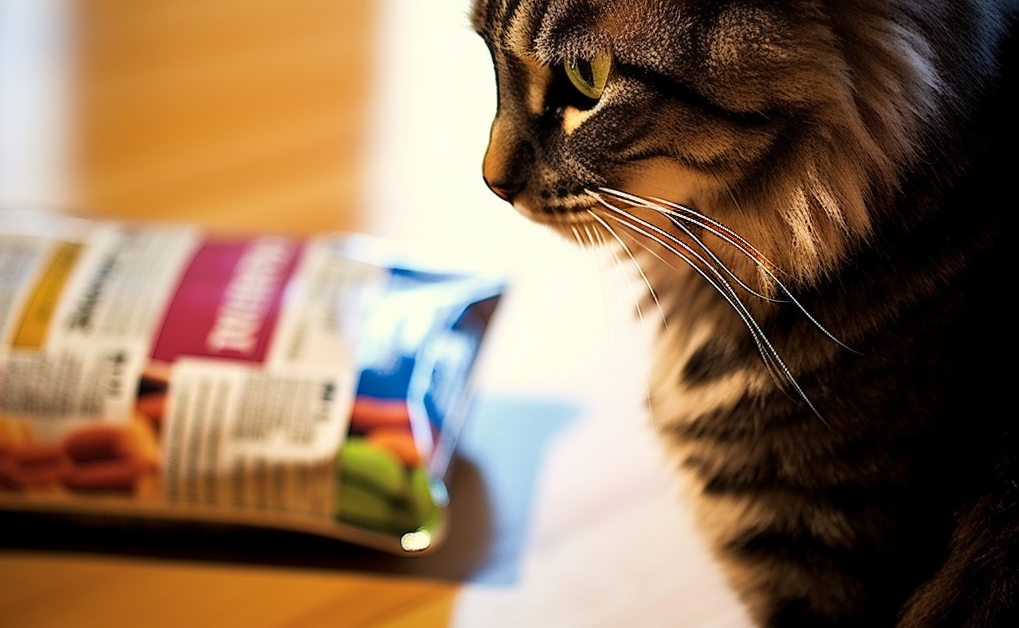
Identifying Fillers in Cat Food Labels
Navigating the world of cat food labels can be challenging, but understanding them is key to identifying fillers in your cat's diet. Here are some tips to help you become a savvy label reader.
Firstly, pay close attention to the ingredient list. Ingredients are listed in descending order by weight. If grains like corn, wheat, or soy are among the first few ingredients, it indicates a high concentration of fillers. Also, be wary of terms like 'meat by-products' or 'cereal by-products', as these can also be indicative of fillers.
Secondly, look for specific protein sources. Labels that specify 'chicken', 'beef', or 'fish' are generally preferable over vague terms like 'meat meal' or 'animal protein', which can obscure the true nature of the ingredients.
Lastly, understand labeling terms. Phrases like 'complete and balanced' are regulated by pet food authorities and indicate a certain nutritional standard. However, terms like 'natural' or 'premium' are not strictly defined and can be misleading.
By becoming adept at reading cat food labels, you can effectively spot fillers and make informed choices about your cat’s nutrition, ensuring they get the quality food they deserve for their health and well-being.
Alternatives to Filler-Heavy Cat Foods
For cat owners concerned about the high filler content in many commercial cat foods, there are healthier alternatives that focus on balanced nutrition and minimal fillers. Choosing the right food for your cat can significantly enhance their health and wellbeing.
One key alternative is grain-free cat food. These products typically replace grains with higher-quality protein sources, aligning better with a cat’s natural carnivorous diet. Look for options that list real meat, fish, or poultry as the first ingredient, ensuring that your cat gets the protein they need.
Another option is to opt for cat foods labeled as 'high protein'. These are designed to mimic the nutrient profile a cat would naturally consume and are often lower in unnecessary fillers. Always check the ingredient list to ensure the protein sources are of high quality.
Wet cat food can also be a good alternative. Generally, it contains fewer fillers than dry kibble and provides the added benefit of hydration, which is crucial for your cat’s health.
For those who prefer a more hands-on approach, homemade cat food is an option, allowing you to control exactly what goes into your cat’s diet. However, it’s vital to consult with a veterinarian or a pet nutritionist to ensure the homemade diet is nutritionally complete and balanced.
Lastly, there are specially formulated cat foods available that address specific health concerns like obesity, diabetes, or allergies. These foods are often crafted with fewer fillers and more targeted nutrients.
Remember, the key is to find a balance between minimal fillers and the nutritional needs of your cat, ensuring they receive a diet that supports their overall health and vitality.
Final Thoughts:
In conclusion, understanding the role and impact of fillers in cat food is crucial for every responsible cat owner. We’ve explored the reasons behind the use of fillers, their potential health impacts, and how to identify them on labels. We’ve also discussed healthier alternatives and heard real-life testimonials underscoring the benefits of a low-filler diet. Remember, the goal is to provide nutrition that aligns with your cat's natural dietary needs. By choosing diets with minimal fillers and high-quality ingredients, you ensure your cat enjoys a healthier, happier life. Let’s commit to making informed choices for our feline companions, fostering their well-being through responsible feeding practices.
Frequently Asked Questions:
Are there any benefits to having fillers in cat food?
In some cases, fillers can aid in the physical formation of kibble and help in maintaining the food's texture. They can also contribute to dietary fiber, which supports digestive health in moderate amounts.
How do fillers affect a cat's energy levels?
Fillers, especially those high in carbohydrates, can lead to fluctuating energy levels in cats. Unlike proteins, which provide sustained energy, carbs can cause spikes and crashes in energy.
Can a diet high in fillers lead to behavioral changes in cats?
Nutrition plays a crucial role in a cat's overall health, including their behavior. A diet not suited to their carnivorous nature, like one high in fillers, might lead to lethargy or changes in activity levels.
Are there any specific fillers that are more harmful than others?
Some fillers, like corn and wheat gluten, can be more problematic, especially for cats with allergies or sensitivities. These can cause more severe digestive and skin issues compared to other fillers.
How can I transition my cat from a high-filler diet to a healthier one?
Transition your cat gradually. Start by mixing a small amount of the new food with their current food and gradually increase the proportion over several days to avoid digestive upset.
What role do fillers play in dry vs. wet cat food?
Dry cat foods often contain more fillers than wet foods, as they are necessary for the kibble-making process. Wet foods, on the other hand, typically have fewer fillers and more moisture, making them a healthier choice in many cases.
Can fillers impact a cat's hydration levels?
Cats on a dry food diet, which often has more fillers, may not get enough moisture and can become dehydrated. It's important to ensure that cats on such diets have constant access to fresh water.
Is it possible for a cat to get addicted to fillers in their food?
Cats can develop a preference for certain tastes and textures, including those provided by fillers. This preference can sometimes make transitioning to healthier diets challenging.
